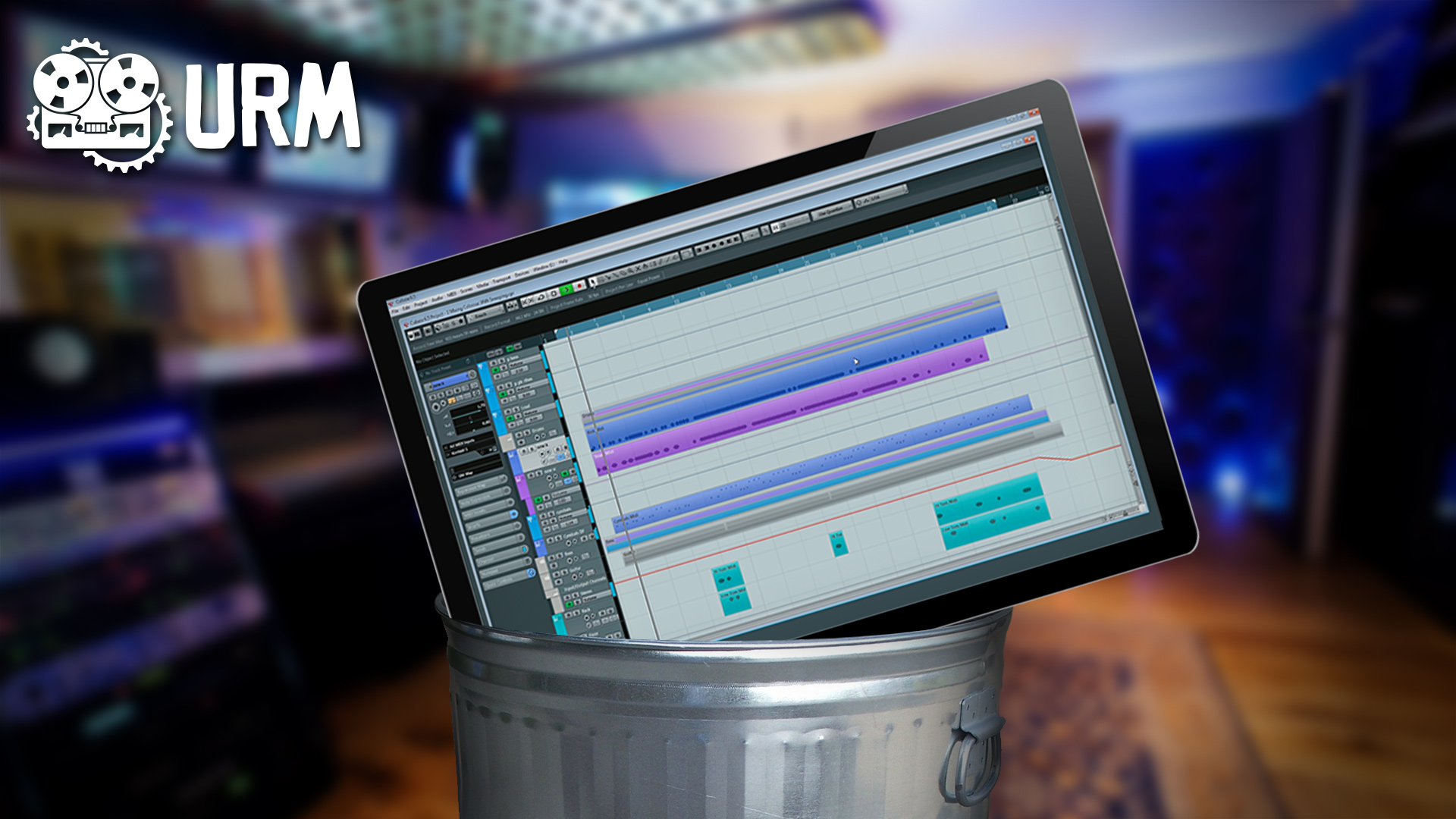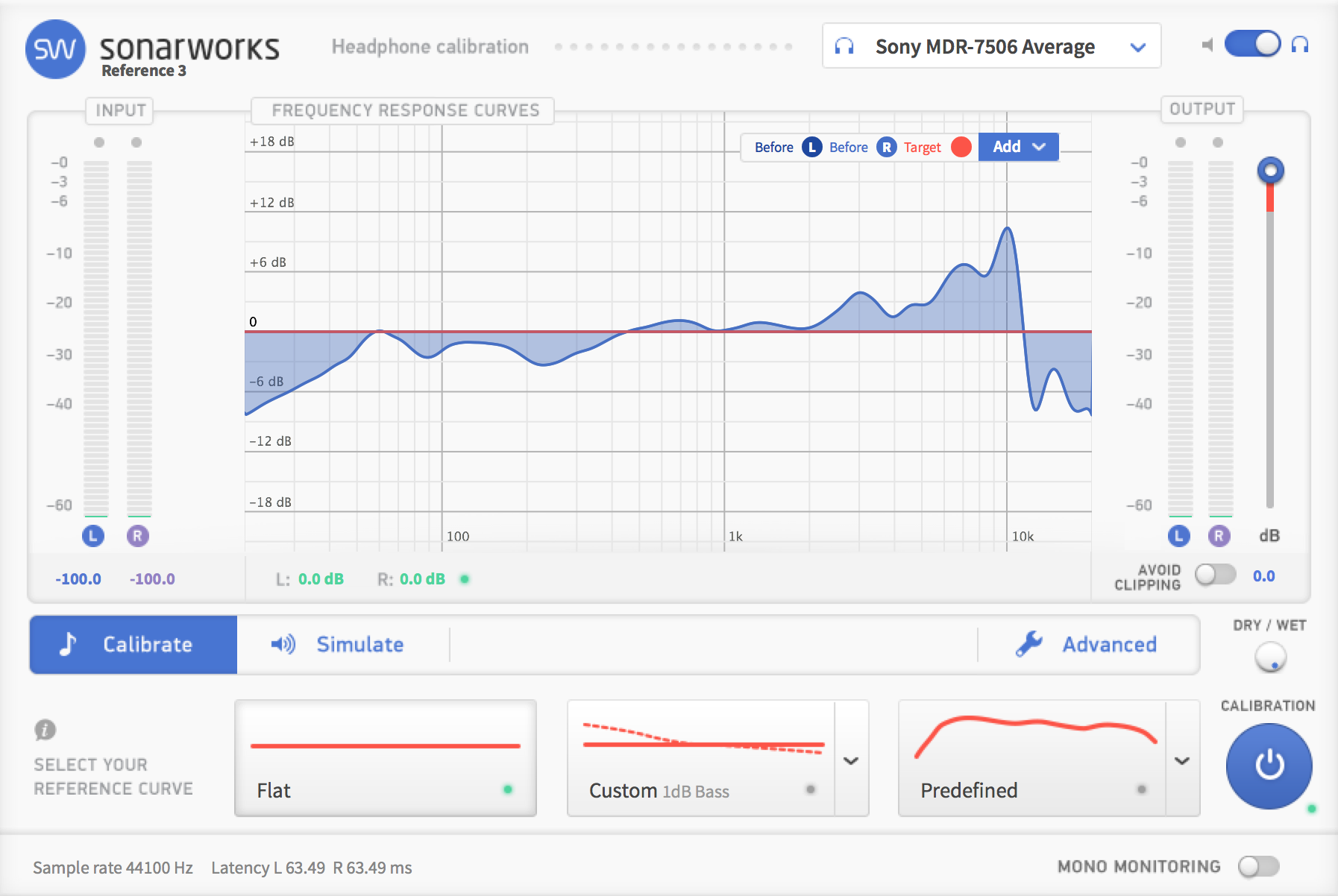
Common Mixing Mistakes (Volume 1)
urmadmin
Common Mixing Mistakes (Volume 1)
Mixing is a rather tricky business…
The thing is, if you’ve been at it for a while, it’s fairly easy to forget that there’s actually a pretty steep learning curve to overcome when you first start out. Remember, certain things which may seem “blatantly obvious” or “common sense” to you at this point probably took you years to realise/come across as a newcomer!
The truth is, a lot of the “eureka” moments we have throughout our mixing careers are the result of making mistakes until somebody points them out to us and then learning from said mistakes. This series of Blogs aims to point out some of these “not-so-obvious” common mistakes which even experienced engineers tend to make in the studio and hopefully help you course-correct as early-on as possible.
Here are a couple of common mistakes to watch out for the next time you sit down to mix:
Mistake #1 – Monitoring Too Loud

Don’t get fooled by the hype!
Believe it or not, the levels you monitor at while mixing can have a huge influence on the various balancing decisions you make during the process. If done carelessly, something that seems as mundane and simple as setting your listening volume can potentially result in a handful of issues further down the line.
Here are a few reasons why you should consider turning it down:
A – Loud Sounds Better… NOT!
There’s a valid reason why people on the audio forums and YouTube comment section get so worked up about before/after volume matching in plugin demos: OUR EARS PERCEIVE LOUDER AS BETTER.
For this exact reason we can easily get tricked into thinking the mix we’ve been working on with the speakers cranked sounds killer, when in reality we’ve probably missed the mark completely…
Don’t just take my word for it, multiple grammy award-winning engineer Chris Lord Alge is well known for avidly preaching the same advice:
“Monitoring is everything, cranking it up vs. listening to it low will give a different result to your mix. The important thing is to find the lowest volume that you feel you can balance the song at and stick with that.”
Check out the full SonicScoop interview here – https://vimeo.com/39245580
SonicScoop’s Power Sessions: Chris Lord-Alge – Part 3 “The Anthemic CLA Mix” from SonicScoop on Vimeo.
B – Ear Fatigue:
Another detrimental (and eventually serious) side-effect of listening at higher volumes for prolonged periods of time is ear fatigue. If left unchecked, this practice can lead to several issues in both the short, and the long run:
- The short run: In my own experience, a specific balance I’ve made after listening at higher volumes for a long time will almost always need a substantial revision the next day when listened back with fresh ears.
- It’s also fairly likely that I’ve removed too much of the high-mids around 2-3kHz in the process. My ears slowly become more sensitive to this frequency range throughout the day.
- The long run: Our ears are very sensitive things, bombarding them with mid-heavy walls of distorted guitars and blast beats for hours on end, day after day can really take it’s toll over the years.
For these reasons I usually try and hold back for as long as possible before testing if my mixes are bangin’ at louder volumes. Sticking to this level of restraint can produce instant results in the form of allowing for longer mixing hours without any noticeable fatigue.
Give it a go!
Monitoring Too Loud Conclusion:
If you want a successful and long-lasting career in audio production then the answer is simple: YOU NEED TO PRESERVE YOUR HEARING! This isn’t something you can afford to brush to the side and worry about when you’re older. By then it’ll probably be too late.
Mistake #2 – Mixing To Your Monitoring/Room

Think your mixes sound great? Think again…
I was recently clearing out some unused gear from my studio and picking out pieces to potentially sell off on eBay. One thing I came across was a pair of Sony MDR-7506 headphones which I formerly used for monitoring while playing drums live.
In order to determine if the headphones were still in good working condition I decided to plug them in and listen with some of my go-to reference mixes. My first reaction upon hitting play was something along of the lines of: “Wow, these headphones sound much brighter than I remember! There must be something wrong with them…”
As to not write them off as broken straight away, I tried listening to them through Sonarworks’ Headphone Calibration software. To my surprise, they sounded incredible and very well balanced as a result.
Check out the average frequency response of the Sony MDR-7506’s as determined by Sonarworks in the graph below:

The Verdict?
Does this mean that they are bad headphones? Not necessarily. It simply means that they might be better suited to some tasks than others.
The prominent high-end boost and low-mid scoop of the Sony’s actually make a lot of sense in a live performance or studio tracking situation (similar to how I was using them in the past). These EQ moves can really improve the sound of raw instruments from the get-go. They help provide a vaguely “ready mixed” monitoring solution for the performer.
However, if the Sony’s were to be used as a primary mixing solution in the studio without any calibration, our mixes would exhibit a bunch of pretty serious issues on other systems:
- The huge boosts between 4-10kHz would cause us to compensate and mix very treble-light, resulting in dark mixes with reduced clarity.
- The steep high-frequency roll-off beyond 10kHz may lead us into thinking our guitars and cymbals are fizz-free, when in reality they aren’t.
- The large boost in the 2-4kHz presence region may cause us to “over-scoop” the harshness out of our overheads and distorted guitars, or think our drum shells and vocals are more present than they are in reality.
- The low-end roll-off starting at 60Hz will lead us to mix sub-heavy, resulting in a boomy mix and problems during the mastering stage.
This list could go on longer, but I think you get the point…
Long story short: The severity of these boosts and cuts will vary greatly depending on the brand and price-point, but most headphones will suffer from similar issues to a certain extent. If you’re ever going to be mixing through headphones, I’d highly recommend doing some research on their shortcomings before doing so.
What about mixing on monitors?
Although a little more complex, the same principles also apply to mixing on monitors, with the added variable of the studio environment. Unless your room has been acoustically treated with panels, traps, diffusers and possibly some calibration software, then you can expect that you’re mixes will sound drastically different when taken out of it
Note: I won’t go into room acoustic treatment in this Blog, as it’s a very detailed topic which deserves a write-up of it’s own. Stay tuned for a URM room treatment guide at some point in the future!
Mixing To Your Monitoring/Room Conclusion:
If you’re unable to spend the time and/or money on optimising your monitoring, make sure you’re at least referencing your material on multiple systems. Don’t rely solely on a single representation.
INVEST IN YOUR MONITORING!
You’ll be surprised to see the difference it makes when you’re not having to constantly fight against your equipment to produce a good mix.
FINAL WORDS:
This concludes Volume 1 of my “Common Mixing Mistakes” series of Blogs. I hope that this article has given you some new ideas to try out during your next project. Be sure to let me know in the comment section below if any of this information has helped you out, or if you have any further questions regarding anything I’ve talked about here.
Stay tuned for Volume 2 of “Common Mixing Mistakes” and more production/mixing related articles in the not-so-distant future!
Want mix tips from URM Academy? Read them here!
 Nail The Mix is our online mixing school that gives you REAL multi-tracks from REAL bands, plus a mixing class from the producer who recorded it. Past guests include Periphery, Chelsea Grin, Machine Head and State Champs. Join now for instant access!
Nail The Mix is our online mixing school that gives you REAL multi-tracks from REAL bands, plus a mixing class from the producer who recorded it. Past guests include Periphery, Chelsea Grin, Machine Head and State Champs. Join now for instant access!

